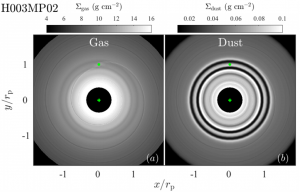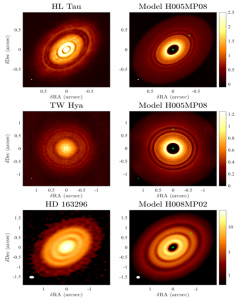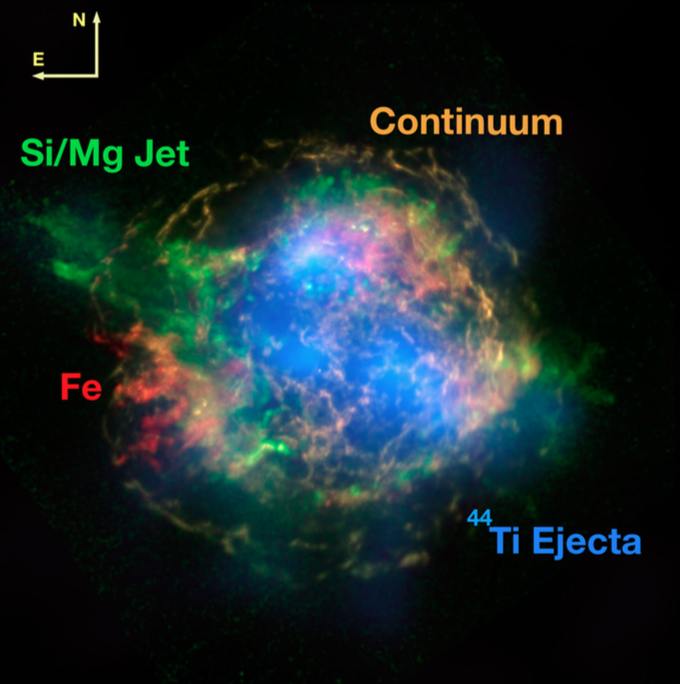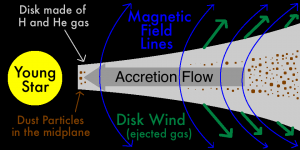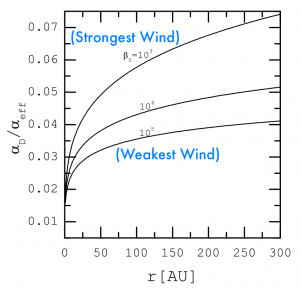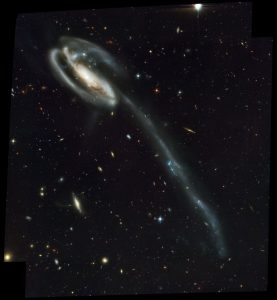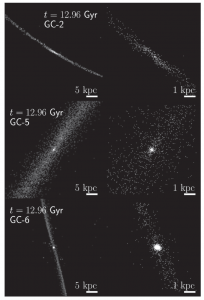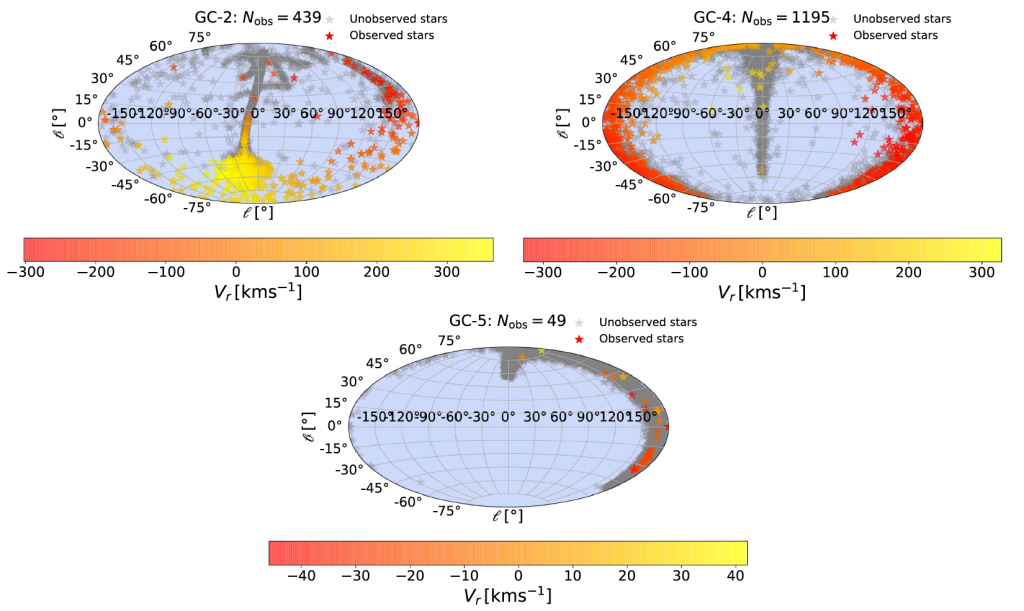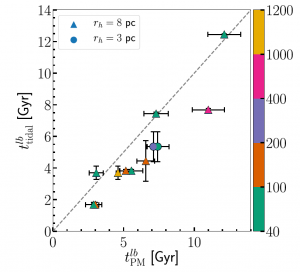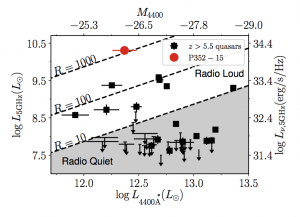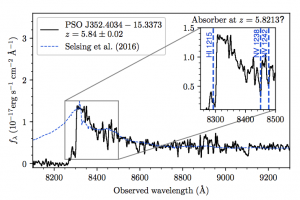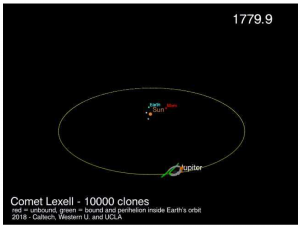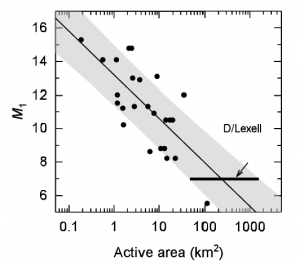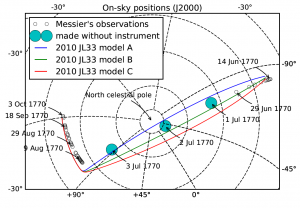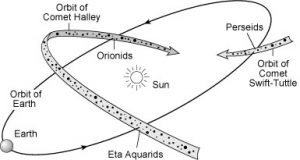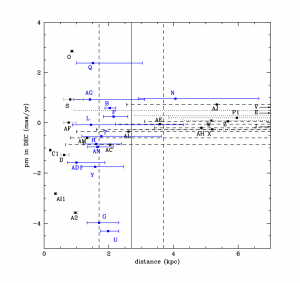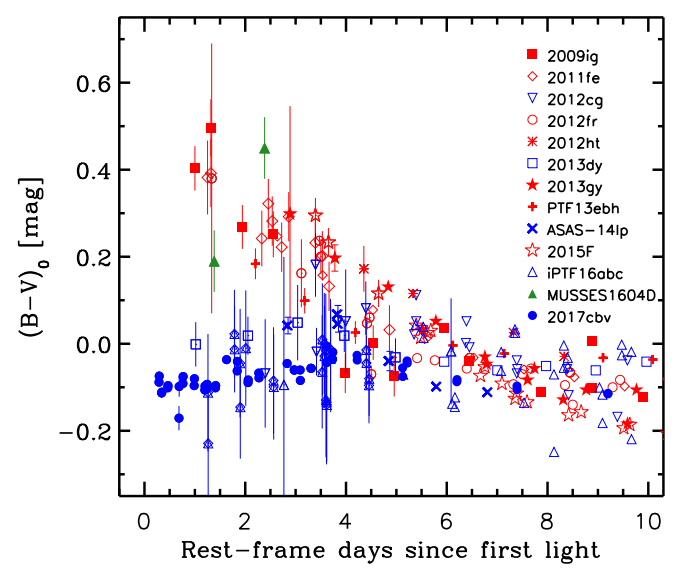
The Jupiter-Analog Companions to Super-Earths
Editor’s note: Astrobites is a graduate-student-run organization that digests astrophysical literature for undergraduate students. As part of the partnership between the AAS and astrobites, we occasionally repost astrobites content here at AAS Nova. We hope you enjoy this post from astrobites; the original can be viewed at astrobites.org!
Title: AN EXCESS OF JUPITER ANALOGS IN SUPER-EARTH SYSTEMS
Authors: M. L. Bryan, H. A. Knutson, B. Fulton, E.J. Lee, K. Batygin, H. Ngo, T. Meshkat
First Author’s Institution: California Institute of Technology
Status: Submitted to ApJ
Various studies throughout the years have established the fact that the gas giants significantly influenced the formation and evolution of our solar system. Jupiter, in particular, is thought to have played a considerable role in shaping the formation of the inner solar system. Astronomers believe that during the formation of the solar system, Jupiter blocked material from flowing into the inner disk, altered the velocity distribution of this material, and disrupted planet formation within several AU of the sun, leaving our solar system with no planets out to 0.39 AU. Because the gas giants played such an integral role in the formation of our own solar system, scientists are now interested in whether similar processes occur in exoplanetary systems.
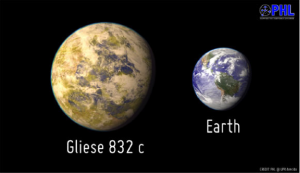
Figure 1. An artist’s representation of Gliese 832c, a super-Earth, as compared with Earth. [PHL/UPR Arecibo]
It is difficult to constrain the effect that Jupiter analogs have on inner planetary system evolution. Transit and radial-velocity surveys require the observation of one or more complete orbits of these planets, and current surveys have not been around long enough to observe the whole orbit of Jupiter analogs in exoplanetary systems.
In order to combat this lack of observational constraints, the authors collect published RV data for 65 systems that each have at least one confirmed super-Earth. Those systems are where the researchers believe they will find the Jupiter analogs they are hunting for. Here the authors define a super-Earth as a planet with a radius of 1–4 Earth radii, and a mass of 1–10 Earth masses. A Jupiter analog has a mass of 0.5–20 Jupiter masses, and a semi-major axis of 1–20 AU.
Within the sample of 65 systems, the authors were able to recognize Jupiter analogs by analyzing long term trends in the RV data. The researchers then obtain adaptive optics (AO) imaging data to search for companions to the system’s host star, as companion stars could cause RV trends that the researchers might misattribute to Jupiter analogs. The authors determine whether the measured RV trends exhibit a correlation with the star’s emission lines to see whether any of the observed trends are due to stellar activity. Finally, the researchers account for uncertainty introduced by the inability to pinpoint the precise locations of the Jupiter analogs.
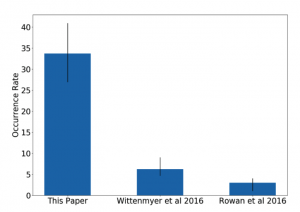
Figure 2. The Jupiter analog occurrence rate found in this paper as compared with the rate estimates published in Wittenmyer et al. (2016) and Rowan et al. (2016). This study finds a much higher occurrence rate of long-period gas giants in systems hosting inner super-Earths than would be expected by chance alone. [Bryan et al. 2018]
This is an intriguing result, because it implies that systems with long-period gas giants identified in RV surveys likely contain an inner super-Earth as well, providing a compelling place to continue the search for these mid-sized planets. We have a lot to learn about how exoplanetary systems form, but observing and understanding correlations like the one found in this study help researchers understand what to expect in the wealth of exoplanetary systems we now know exist.
About the author, Catherine Clark:
Today’s post was written by an Astrobites guest author: Catherine Clark, a second-year graduate student at Northern Arizona University. She uses speckle imaging and long-baseline interferometry to characterize exoplanet host stars. When she’s not Fourier transforming, she enjoys yoga, climbing, and photography.

